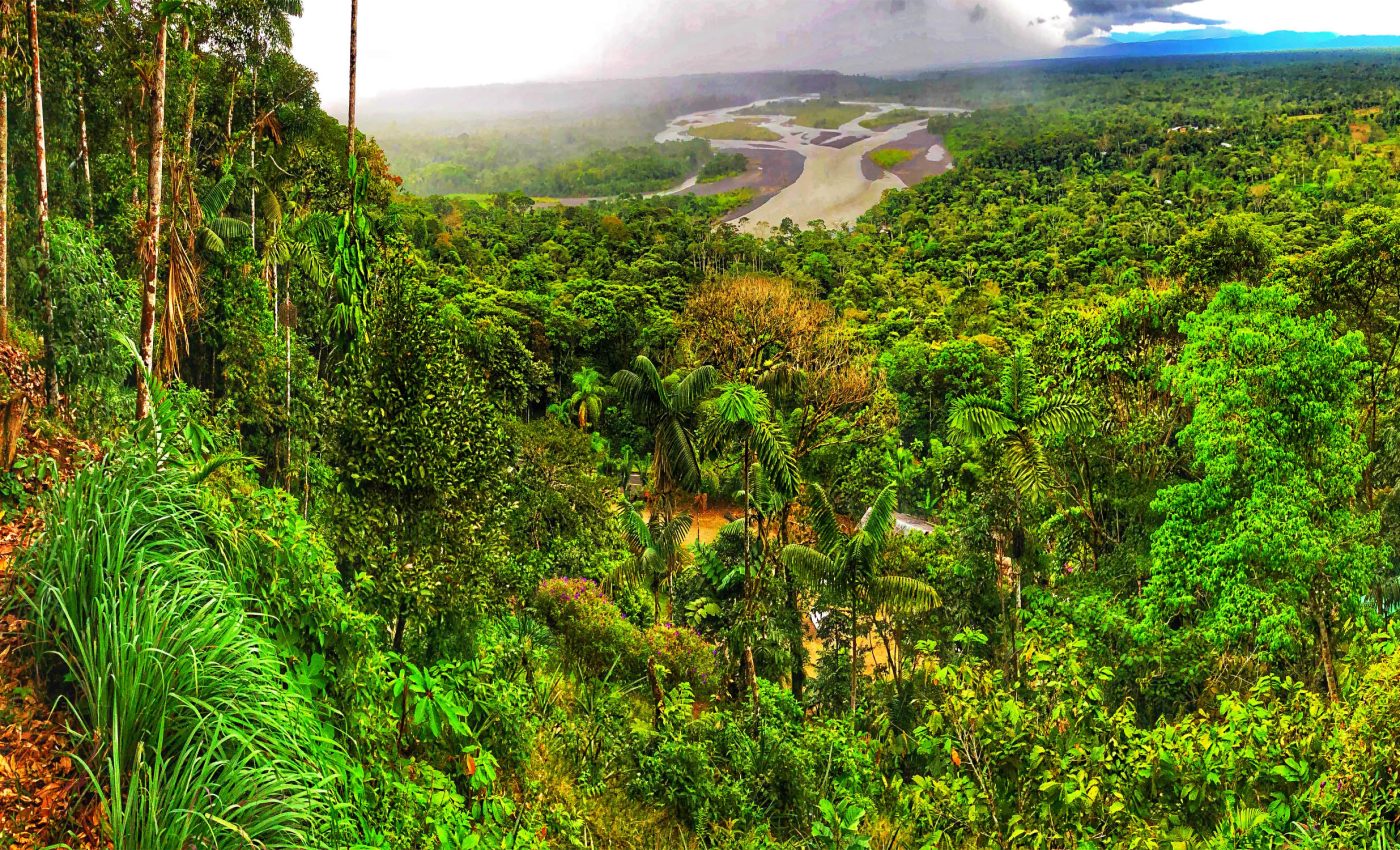
Dangerous PFAS 'forever chemicals' found in the Amazon rainforest
They’ve cropped up in food, infiltrated our drinking water, find their way into our bodies and now, they’ve staked a claim in the world’s most extensive rainforest. We’re talking about PFAS, known as “forever chemicals,” infiltrating the previously pristine Amazon rainforest.
PFAS stands for per-and polyfluoroalkyl substances, and they are notoriously known as “forever chemicals” because they last forever.
But why should we be worried? And what exactly are these PFAS forever chemicals, anyway?
What are PFAS forever chemicals?
PFAS are a class of human-made chemicals used in a vast array of consumer products — from non-stick pans to firefighting foam — thanks to their potent oil and water repelling abilities. But this convenience comes at a hefty price.
PFAS have been linked to a host of health problems including infertility, behavioral disorders, and an assortment of cancers.
They’re dubbed ‘forever chemicals’ — and it’s not because they’re a symbol of eternal love — they’re designed to resist decomposition, sticking around indefinitely in our bodies and the environment at large.
PFAS forever chemicals in the Amazon
The study spearheaded by Dr. Ivan Kourtchev from Coventry University‘s research center for agroecology, water and resilience, unearthed the presence of PFAS in the atmosphere surrounding the Amazonian trees.
The find was not only surprising but also deeply alarming. According to Dr. Kourtchev, the appearance of these ‘forever chemicals’ in the air above the seemingly untouched Amazon rainforest was nothing short of ‘shocking’.
“Precisely what you don’t want to hear when talking about one of Earth’s most precious and diverse ecosystems, right? But here we are,” he commented.
Amazon under threat
Dr. Kourtchev and his team are now on a mission to understand the potential risk these chemicals pose to Amazon’s flora.
“The Amazon is a unique ecosystem teeming with rare, exotic species. Any imbalance caused by these PFAS can spell disaster for biodiversity and species survival,” he warned.
With over 30 million people calling the Amazon home, the risk is not limited to the ecosystem alone. These residents could be inhaling PFAS, exposing their bodies to the toxic effects of these chemicals.
“Our bodies can mistake these chemicals for hormones, leading to infertility. This hormonal mimicry could disrupt the reproduction of unique animals and vegetation in the region as well,” Dr. Kourtchev explained.
Following the forever chemicals trail
In an extensive study, the research team collected air samples from the top of the Amazon Tall Tower Observatory, standing tall at a whopping 1,066-foot (approximately 325 meters), mirroring the stature of the renowned Eiffel Tower.
The sample analysis, conducted back at Coventry University, was steered by Dr. Kourtchev employing a sensitive technique he previously pioneered.
What the team found was stirring — PFAS were not locally sourced. They were transported long-range, making their way from afar.
This puzzle prompted Dr. Kourtchev and his team to examine how these forever chemicals were being trafficked.
Call for awareness and action
According to the team’s paper, published in Science of The Total Environment, this research marked the first measurement of forever chemicals in the atmosphere of the Amazon rainforest.
The prevalence of PFAS in various day-to-day products and their ability to contaminate drinking water turn them into a serious health menace.
Remember, PFAS don’t just vanish. They linger inside our bodies, leading to severe health issues including fertility problems and developmental complications, especially in pregnant women and their newborns.
It’s high time we raised awareness about their possible environmental implications, pushing for informed choices and safer practices.
The Amazon is the green lung of our planet, a dynamic and vibrant ecosystem that deserves our protection.
As we continue to study and understand the impact of forever chemicals in this region, it’s crucial for all of us to realize that the wellbeing of the Amazon is interlinked with our own.
So, what’s our role in this story? Well, it begins with awareness, carries on with responsible product choices and ends with spreading the word. After all, these ‘forever chemicals’ should not dictate our future or that of the Amazon.
The study is published in the journal Science of The Total Environment.
—–
Like what you read? Subscribe to our newsletter for engaging articles, exclusive content, and the latest updates.
Check us out on EarthSnap, a free app brought to you by Eric Ralls and Earth.com.
—–













